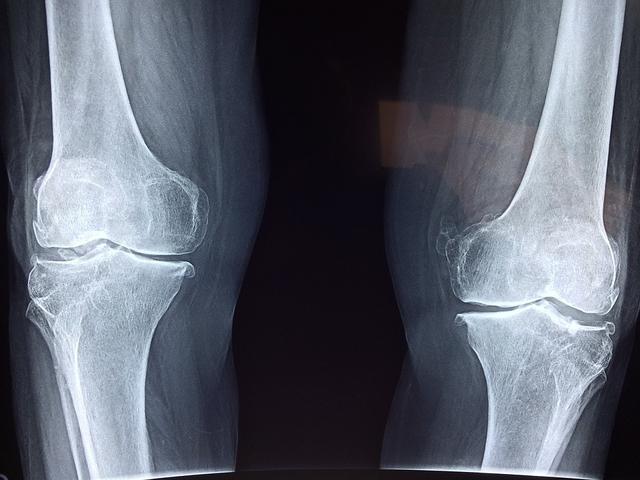Your Cart
Your Cart

Paget’s disease is a chronic bone disease of the skeleton. In a healthy bone, a process known as remodeling begins to remove old parts of bone and replace them with fresh bone. Paget’s disease causes the new, fresh bone to grow abnormally in shape and be weak and brittle. It is a disease that more often affects older individuals and can occur in the legs, spine, pelvis and skull.
Individuals with Paget’s disease of the bone often may have no noticeable symptoms. However, if they do experience symptoms, it is often bone pain. As this disease causes the body to create new bone at an accelerated rate, the remodeling generates weaker, softer bone, which can lead to bone pain, fractures and deformities. The disease may only affect one or two areas of the body or it can become widespread. Common signs and symptoms are often based on which area of the body the disease is affecting. This includes:
Pelvis: Paget’s disease in the pelvis bone often causes hip pain.
Skull: Remodeling process in the skull often causes hearing loss or severe headaches.
Spine: When the spine is affected by Paget’s disease, the nerve roots can become compressed. This will cause pain in the spine, or tingling and numbness in the leg or arm.
Leg: When bones become weak, they can start to bend, which can cause the individual to become bow-legged. Misshapen or enlarged bones in the legs can create added stress in nearby joints, which can lead to osteoarthritis in the hip or knee.
Notice: The above information is an educational aid only. Always consult your healthcare provider to ensure the information displayed on this page applies to your personal circumstances.